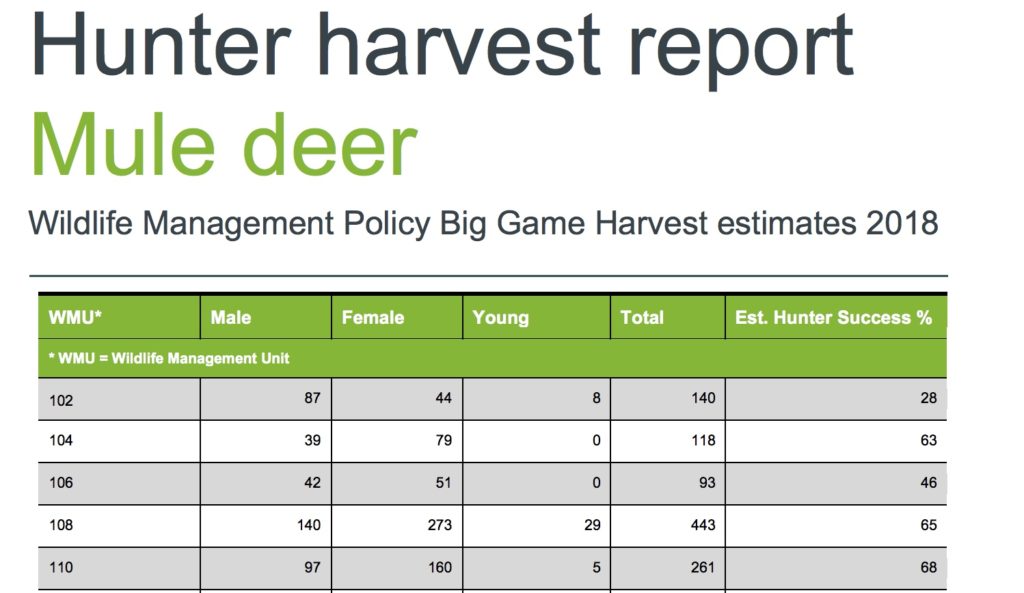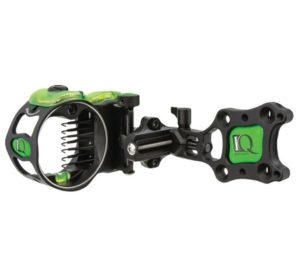2019 Alberta Big Game Draws
Are you a newer hunter or know someone who is going to be hunting for the first time this season? If so, there are some important things that you need to know. May 28th is the start of our hunting season in a way. You see, as of today, hunters in Alberta are eligible to apply for all of the big game draws. This application period is only open until June 20th. That leaves you with just over 22 days to research the zones you hunt or plan to hunt, determine what tags you may wish to hunt, and then plan your upcoming season. Keep in mind that the draws themselves are not first come first serve, so you do have the entire 22 days to complete all your research.
The idea of applying for draw tags was not communicated to me in my first two seasons hunting and so because of this, I am still 2 years away from drawing certain tags for my chosen unit, tags which I should have been able to draw this year had I had the knowledge!
Here are some good links for information and a friendly reminder that although you may not want to hunt a certain species this year, it may take 2,3,4 or even 15 years in your zone to hunt that particular species! Keep that in mind!
Before we get into the nitty gritty of how I do my research into tags and draws, a very important note to all first time hunters: you must complete your hunter safety course from AHEIA prior to being eligible to apply for any hunting draws. So if you want to start building your priority (explanation to follow) you have until June 20th to complete the course, purchase your WIN card, and enter all the draws. Time to start moving!
All of the information regarding season changes, updates, proposed future changes, all of the rules and regulations for each specific species and their draws, tag prices and a more detailed explanation of the draw system in Alberta is contained in one document. The 2019 Alberta Hunting Draw Booklet. It can be found here. It is very important for all hunters, not just newer and first time hunters, to review all of the information in this booklet as it highlights some general mistakes draw applicants make as well as update us on the changes being made each year. I highly encourage everyone to read this thoroughly.

Now, here are the steps I follow each year to get prepared for my draws.
One of the first things I do when trying to determine what draws I would like to apply for or build priority for is to check my priority history.
This is done by logging into your Alberta RELM account. Here.
Once you have signed in, navigate to your account and click on the Priority and Priority History Tab on the left hand side of your screen.
I will then make a list of the species I have been putting draw applications in for and what my priority number is. Your priority is a numerical representation of how many years you applied for a certain species and did not get drawn. For example, if you apply for bull moose for 3 years and do not get drawn, you will have a priority of 3. Whenever you do get drawn for a specific species, your priority for that species will return to 0.
Once I have my list generated I will then look at the draw summaries from the previous year.
You can find the 2018 Draw Summaries here. To navigate the draw summaries, select your species, then choose antlered or antlerless. Now you will see a listing of all the WMU’s and the respective draw history.
For example, for Antlered Moose in WMU 102, they only give out 2 tags. Found under Quota. There were 27 total applicants. The first tag went to a hunter with 17 years of priority and the second to a hunter with 11 years of priority. See below.

It is important to plan out your seasons and tags this way. If you and your hunting partner both have a bull moose draw, it may be tough to fill both tags. J and I plan this way, trying to stagger which of us draws a tag so that we are not trying to fill multiples of a tougher to fill tag in one season.
Now that you have those two pieces of the puzzle, the next resource I look at are the harvest reports. It is important to note that these are only estimates and up until this year have been based mainly on voluntary submission of individual hunters reports. However, they do give a general indication of the numbers of animals harvested and a rough estimate of a hunter success percentage (which can be helpful in choosing your units and tags you would like to build priority for).
You can find the 2018 Harvest Report here. Is is laid out quite nicely breaking down each WMU in a single row for that species. For example, in WMU 108 the harvest numbers for mule deer are 140 bucks, 273 does, and 29 yearlings or fawns. This is a total of 443 mule deer making a total hunter success of 65%.

I hope this little feature helps you navigate our draw system here in Alberta and as always, if you have any questions I would love to help out!
-R





Great article I was scratching my head last night trying to understand draw summaries last night. Thanks for the info!
Hey Greg,
I am so glad the article was able to clear up some confusion. It sure can be daunting to sort through all the different links/tabs and sites to track down the information you are looking for!!
Cheers
R